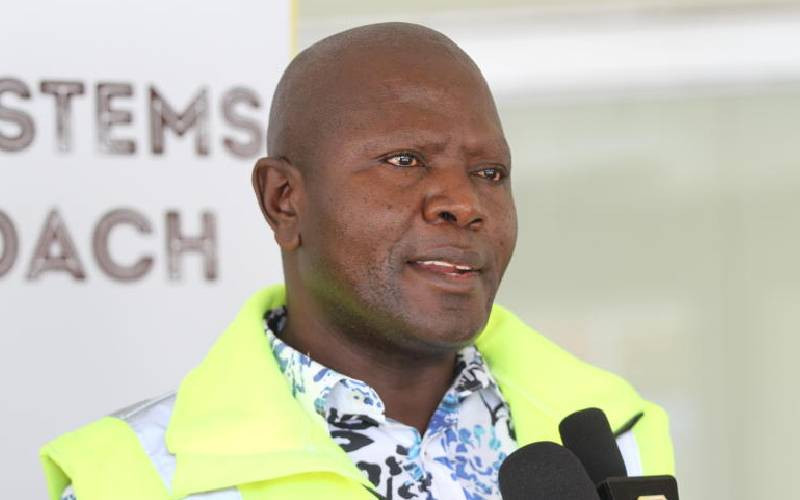The days of fancy-looking public service vehicles (PSVs) are numbered.
The National Transport and Safety Authority (NTSA) will launch a crackdown on pimped up matatus and buses, which it wants replaced with standardised body structure vehicles.
NTSA announced Sunday that the long-awaited body standards for PSVs, named KS 372, will take effect today.
The standards, also approved by the Kenya Bureau of Standards, will not only seek to streamline vehicles’ body structure but also to improve the safety of passengers in case of accidents.
NTSA Director-General Francis Meja noted that passengers usually get trapped in weak body structures that cannot withstand stress and pressure during crashes.
“It cannot be that a whole bus just gets completely squashed after an impact with a trailer. Yes, it is an accident, but we must ask ourselves: What kind of material or how was the bus’ body constructed?” he said.
The KS 372 standards, which were gazetted in 2014, detail what is expected of the new-look matatus - from the kind of materials used to make the body structure, who should make them, how they should be welded and by whom, to passenger comfort and safety.
This should be adhered to starting today, as stipulated in a notice by NTSA.
“From May 22, 2017, all new and second-hand passenger service vehicles are required to comply with the KS 372 before pre-registration inspection. All passenger body builders are (also) required to comply with the KS 372,” reads the notice.
PSV body builders should be registered with the authority and accredited by the Kenya National Accreditation Services (Kenas).
“All imported passenger vehicles are required to comply with KS 372. Accreditation of organisations to carry out inspection activities as per the requirements of KS 372 by Kenas is ongoing,” the authority said.
However, Matatu Welfare Association chairman Dickson Mbugua expressed concern about the standards, saying there should be well-outlined timelines for the implementation of the rules.
“This is an expensive venture to undertake. As we speak now, we have vehicles in garages undergoing body construction. Does this mean when they are presented for registration they will be declined?” asked Mbugua. He said the matatu industry should be given five to six months to implement the changes.
“What we will do is to seek to give a reasonable timeline to the vehicles already on the road - of course we know they do not have a longer life span - before we have it rolled out fully,” explained Meja.
According to the standards seen by The Standard, the body structure of matatus should not be welded to the chassis. Instead, a support device on which the body can be welded, according to the manufacturer’s specifications, should be embedded in the chassis.
Stay informed. Subscribe to our newsletter
This means doing away with the tradition of a different body structure being welded to the chassis of another vehicle to enhance its looks.
Sitting capacity
“Welders shall be approved according to KS 1017 standards - specifications for testing of welders working to approved welding procedures,” says the document.
The minimum inside floor-to-roof height for class II and III vehicles (minibuses) with a sitting capacity of 15 to 25 and 26 to 40 should be not be below 1,700mm (1.7m).
KS 372 stipulates that every vehicle should be fitted with suitable ventilation.
 The Standard Group Plc is a
multi-media organization with investments in media platforms spanning newspaper
print operations, television, radio broadcasting, digital and online services. The
Standard Group is recognized as a leading multi-media house in Kenya with a key
influence in matters of national and international interest.
The Standard Group Plc is a
multi-media organization with investments in media platforms spanning newspaper
print operations, television, radio broadcasting, digital and online services. The
Standard Group is recognized as a leading multi-media house in Kenya with a key
influence in matters of national and international interest.
 The Standard Group Plc is a
multi-media organization with investments in media platforms spanning newspaper
print operations, television, radio broadcasting, digital and online services. The
Standard Group is recognized as a leading multi-media house in Kenya with a key
influence in matters of national and international interest.
The Standard Group Plc is a
multi-media organization with investments in media platforms spanning newspaper
print operations, television, radio broadcasting, digital and online services. The
Standard Group is recognized as a leading multi-media house in Kenya with a key
influence in matters of national and international interest.








